LAND7313 Capstone 2 Assessment 3: Final Design Natural Improvement Health Centre
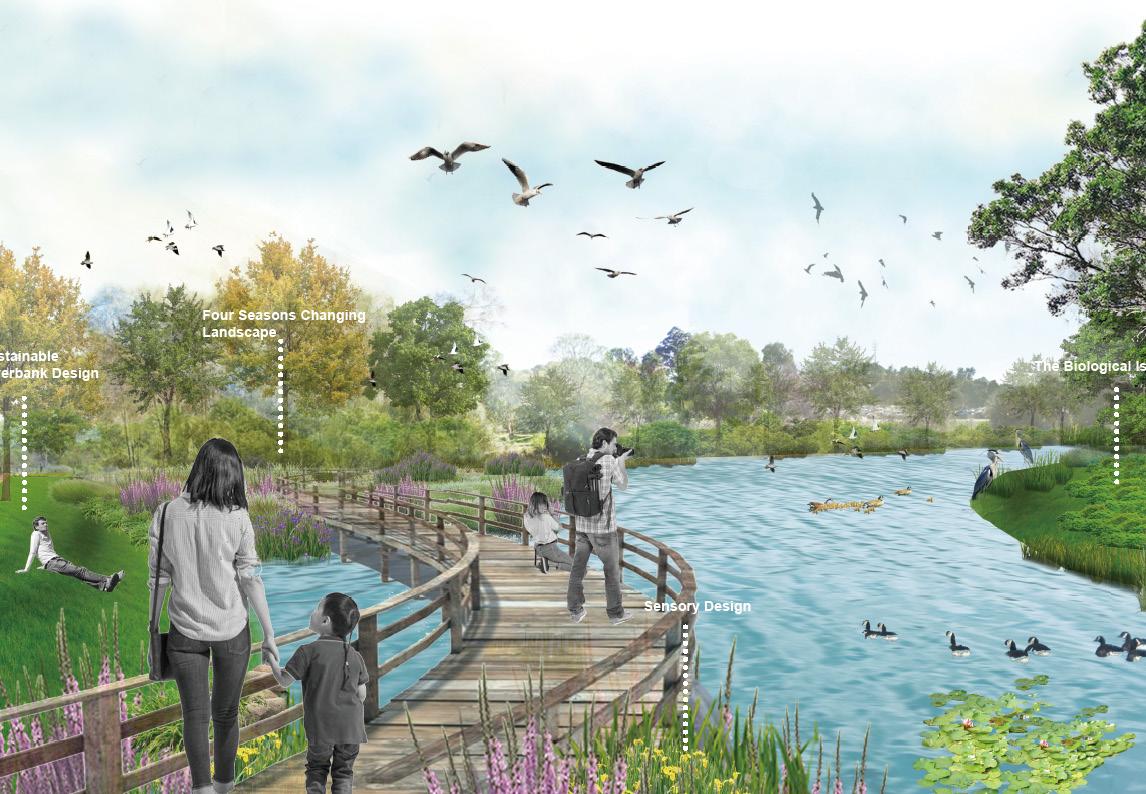





Bardwell Valley Parklands and Wolli Creek is a region with great potential. It is densely populated and has rivers and is full of lush green spaces. More than that, the green space is enormous, with numerous animals and vital vegetation. The environment is ideal for living, but the poor quality of the river and flooding problems, as well as the lack of accessibility of the site, due to the lack of design and management over the years, do not allow for a close relationship with the ecological environment.
Coolibah Reserve is an important junction between the Bardwell Valley Parklands corridor and the Wolli Creek corridor, and is the confluence of the Wolli Creek and Bardwell Creek.


This is a region with great potential. It is densely populated and has rivers and is full of lush green spaces. More than that, the green space is enormous, with numerous animals and vital vegetation. The environment is ideal for living, but the poor quality of the river and flooding problems, as well as the lack of accessibility of the site, due to the lack of design and management over the years, do not allow for a close relationship with the ecological environment.
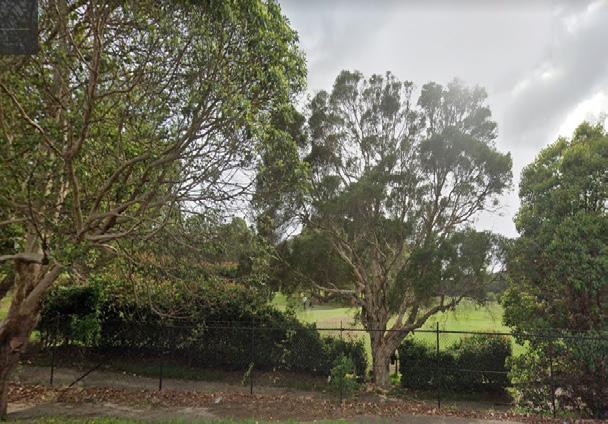
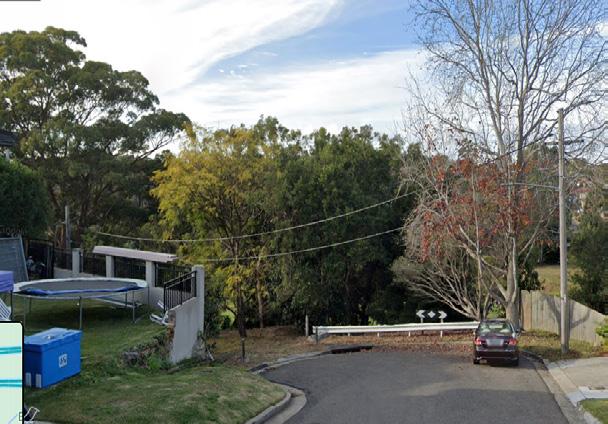

https://maps.bayside.nsw.gov.au/Intramaps98/ https://haveyoursay.bayside.nsw.gov.au/lep-2020/widgets/289061/documents

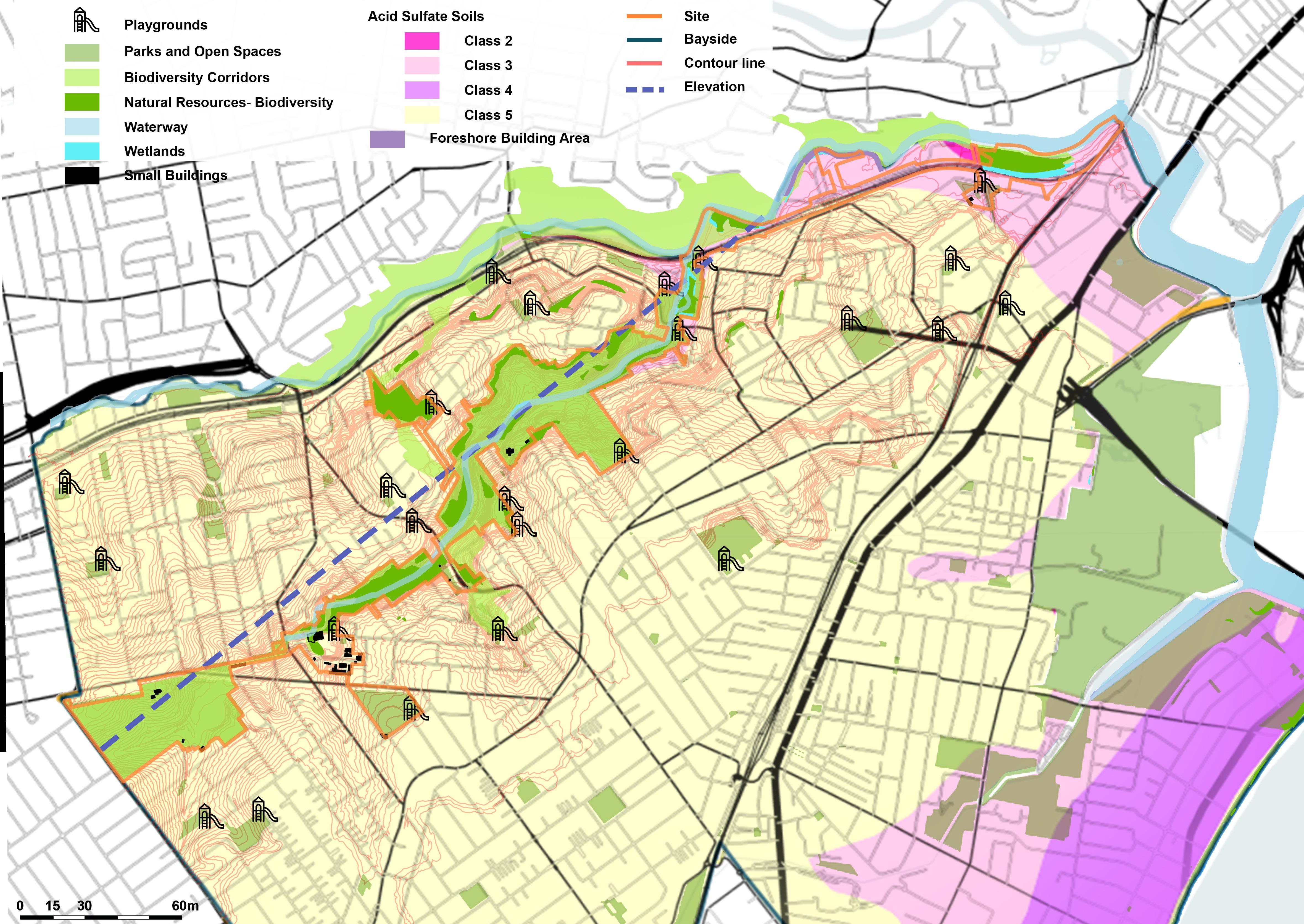

Sites key dimensions and elements
People from distant places don’t come as often because of the lack of transportation, and particular ecological conditions correspond to special animals
Residents








https://maps.bayside.nsw.gov.au/Intramaps98/ https://haveyoursay.bayside.nsw.gov.au/lep2020/widgets/289061/documents
Rockdale Biodiversity Strategy 2014


Engineered elements Transportation System
• Railway
• Tunnel
• Highway Construe Elements
• Public Art & Monument
• Retaining Wall Storm-water System
• GPT
• SQID Infrastructure
• Swimming Pool
• Car Park

Retaining wall
https://maps.bayside.nsw.gov.au/Intramaps98/ https://haveyoursay.bayside.nsw.gov.au/lep-2020/widgets/289061/documents

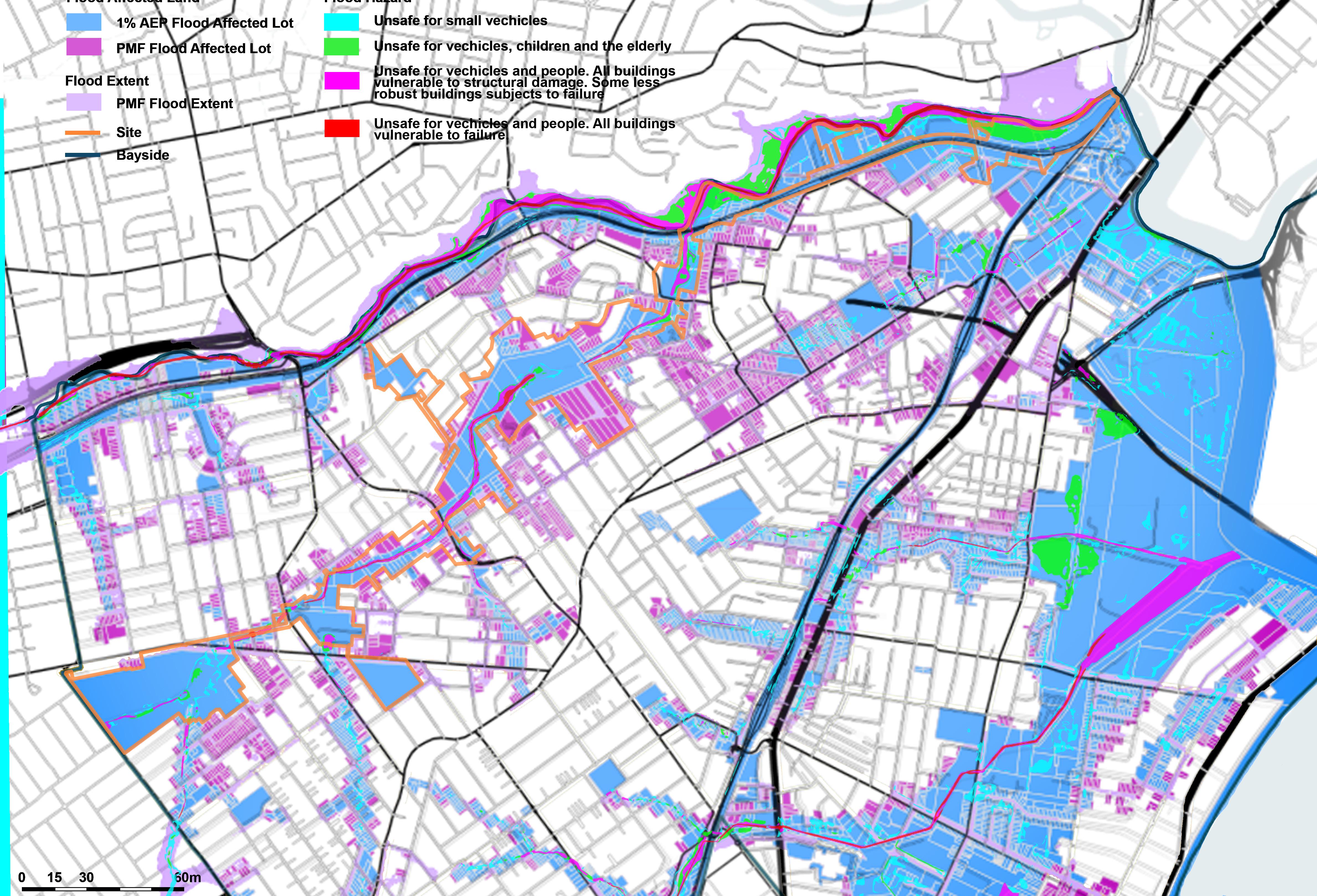
Surface of the site
https://maps.bayside.nsw.gov.au/Intramaps98/ https://haveyoursay.bayside.nsw.gov.au/lep-2020/widgets/289061/documents
https://www.bayside.nsw.gov.au/area/environment/floodplain-management/bardwell-creek-and-wolli-creek-catchment
Impermeable Surface
• Road
• Surface of Buildings
• Car Parking Permeable Surface
• Vegetation
• Green Corridor
• Waterway
Impermeable Surface Ratio > Permeable Surface Ratio
As can be seen from the diagram, the site faces this serious flooding problem. Most of the area will suffer from the problem of flooding, when extreme weather hits. Flooding will affect the safety of people and cars and can even erode houses.


https://maps.bayside.nsw.gov.au/Intramaps98/ https://haveyoursay.bayside.nsw.gov.au/lep-2020/widgets/289061/documents
Rockdale Biodiversity Strategy 2014
South District Plan March 2018
1. Coolibah Reserve
2. Bardwell Valley Golf Club
3. Bardwell Park
4. Stotts Reserve
5. Girrahween Park
6. Waterworth Park - Wolli Creek
7. Marsh Street Wetlands
8. Eve Street Wetlands
9. Spring St Wetlands
10. Landing Lights Wetlands
Trees provide shade and vegetation and waterway areas reduce the heat island effect; trees also keep cities warmer in winter by blocking wind and reducing wind speed.
These native and exotic trees provide an average of 26 per cent tree canopy cover in the Urban Area in The South District. The NSW Government has set a target to increase the tree canopy cover across Greater Sydney to 40 per cent.

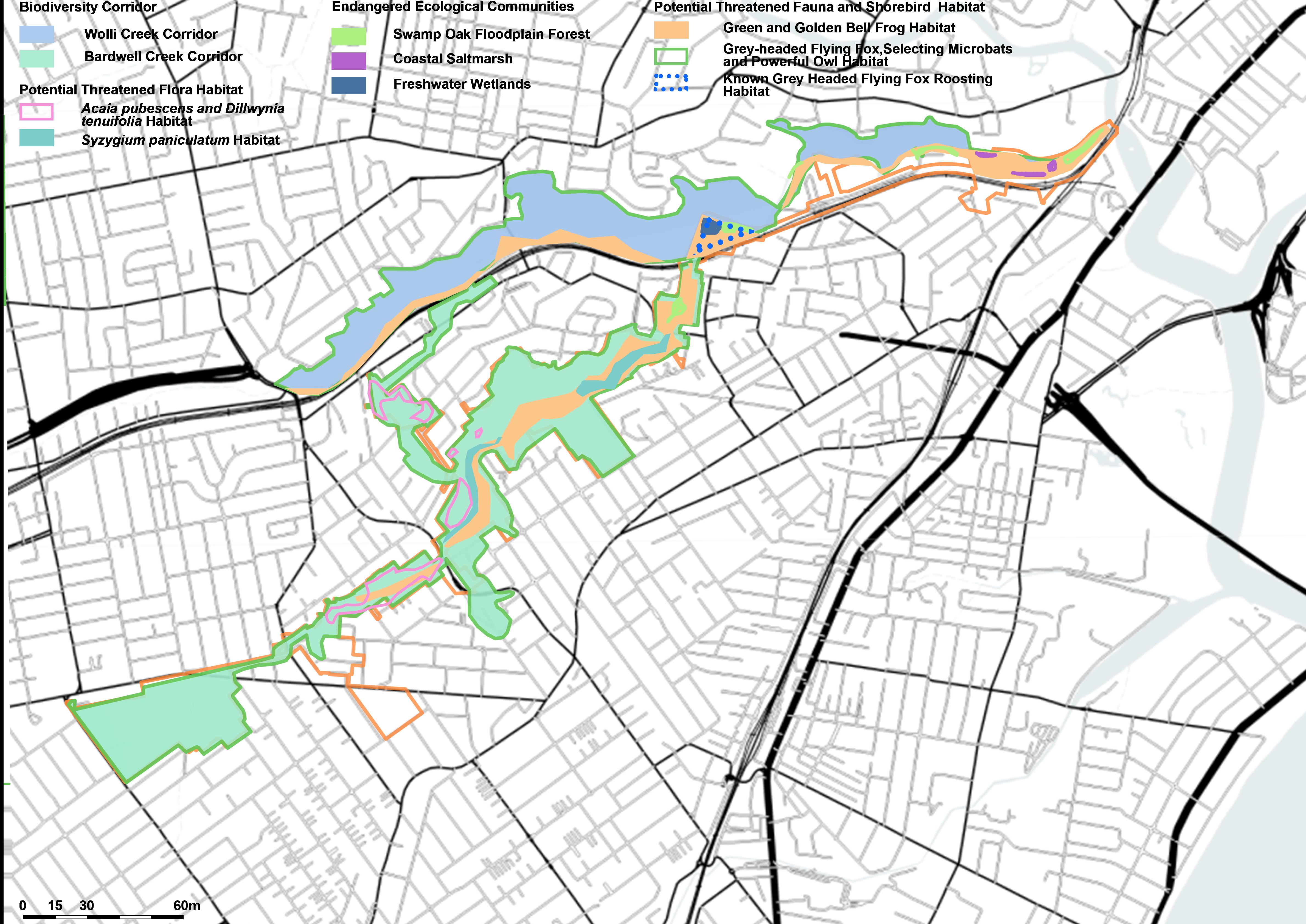
Threatened and Significant Flora
https://maps.bayside.nsw.gov.au/Intramaps98/ https://haveyoursay.bayside.nsw.gov.au/lep-2020/widgets/289061/documents
Rockdale Biodiversity Strategy 2014
• Acacia terminalis subsp. terminalis
• Allocasuarinaglareicola
• Caladenia tessellata
• Cryptostylishunterina
• Genoplesiumbaueri
• Pelargonium sp. Striatellum
• Pimeleaspicata
• Pterostylissaxicola
• Thelymitrasp. Kangaloon
Threatened and Significant Fauna
• Litoriaaurea
• Anthochaeraphrygia
• Botauruspoiciloptilus
• Calidrisferruginea
• Haematopuslongirostris
• Sterna albifrons

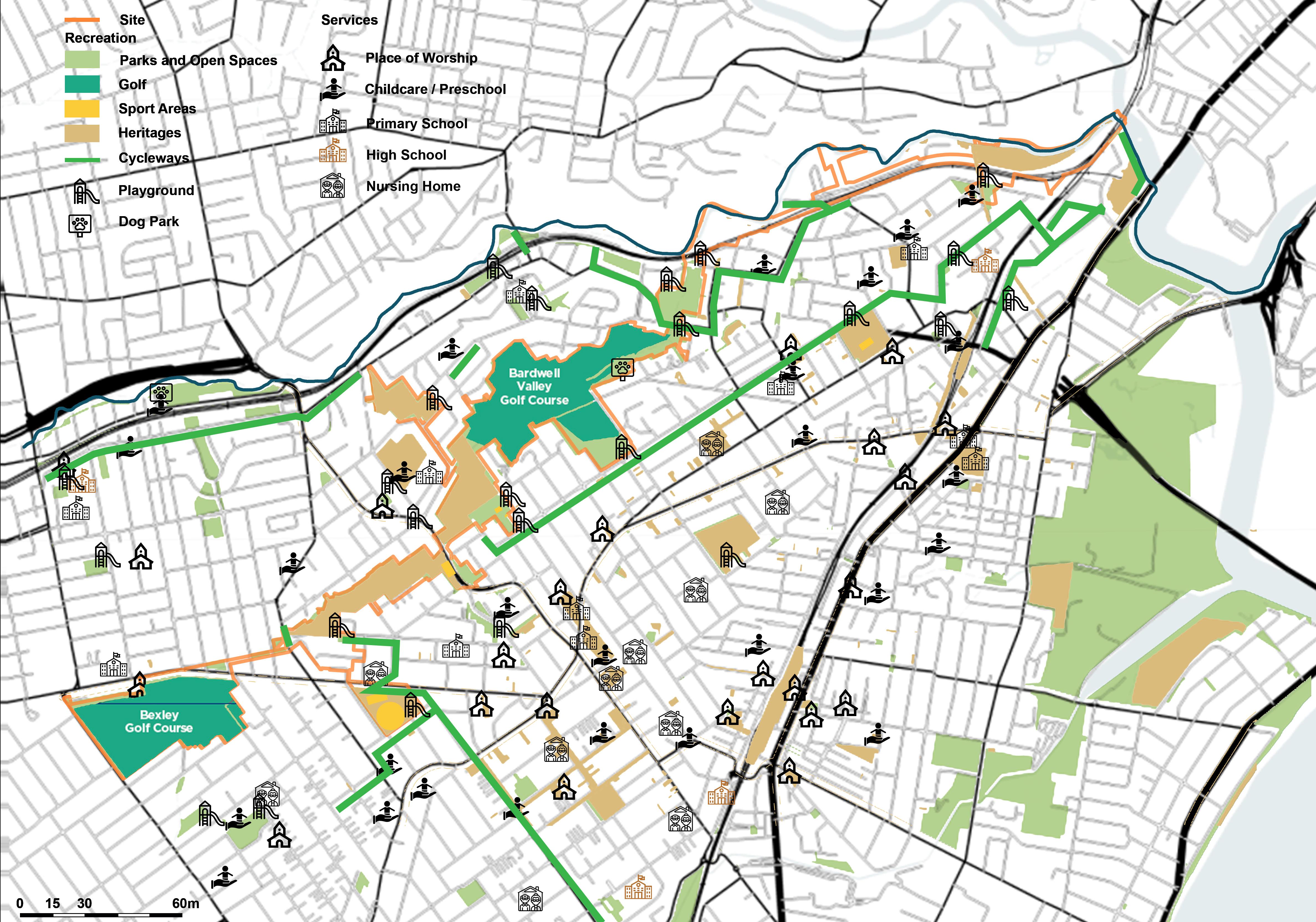
Bayside has been home for many generations of Aboriginal people, living along the Cooks River and around Kamay (Botany Bay). Aboriginal heritage includes sites like rock engravings, tools such as stone axes or spear points, natural features of spiritual significance, landscapes like Kamay Bay, historical camps, buildings where Aboriginal people lived or worked and contemporary places of work or recreation.
Values from the community
• We value the character and heritage of our suburbs
• View corridors are important
• We should require design excellence and respect existing character
• We need to know Aboriginal heritage and stories – it’s part of a rich history
• Recognition for Aboriginal peoples is important – we should work together
• Incorporate heritage and historical character into the design of new buildings such as some of our main streets
• We need to protect our cultural landscape items
https://maps.bayside.nsw.gov.au/Intramaps98/ https://haveyoursay.bayside.nsw.gov.au/lep-2020/widgets/289061/documents
Uncovering the Hidden History of the Wolli Creek Valley May of Recreational Opportunities
Local Strategic Planning Statement

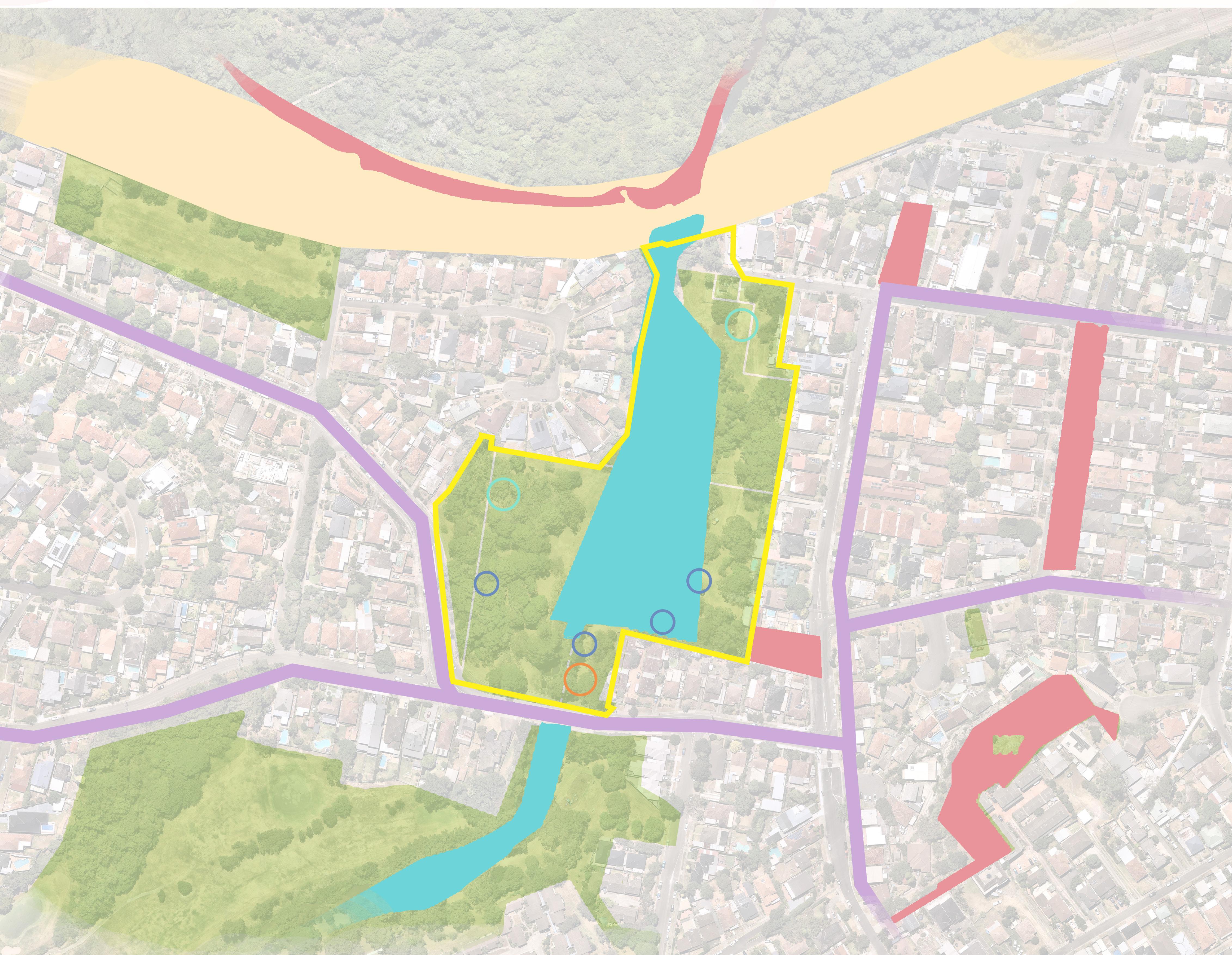
https://maps.bayside.nsw.gov.au/Intramaps98/ https://haveyoursay.bayside.nsw.gov.au/lep-2020/widgets/289061/documents















The site is surrounded by low to medium density residential areas and will be used by young people, families and the elderly for recreational activities. Some residents feel that the site should be designed to allow for interaction with the water and to enhance the ecology of the site, such as safe cycle paths.







The site has high recreational value, such as water-friendly landscaping, and is designed to increase the use of the site. The site has good biodiversity and water resources but needed to improve. Both of these elements contribute to mental health through biophilic design. The site has an educational value, as it increases children's knowledge of the environment and awareness of environmental protection through the observation of special plants and animals.
Vegetation Community
Revegetaion
Non-Indigenous Native Trees
Endangered Ecological Communities
Swamp Oak Forest
Potential Threatened Fauna and Shorebird Habitat
Green and Golden Bell
Frog Habitat
Grey-headed Flying Fox, Selecting Microbats and Powerful Owl Habitat
Site
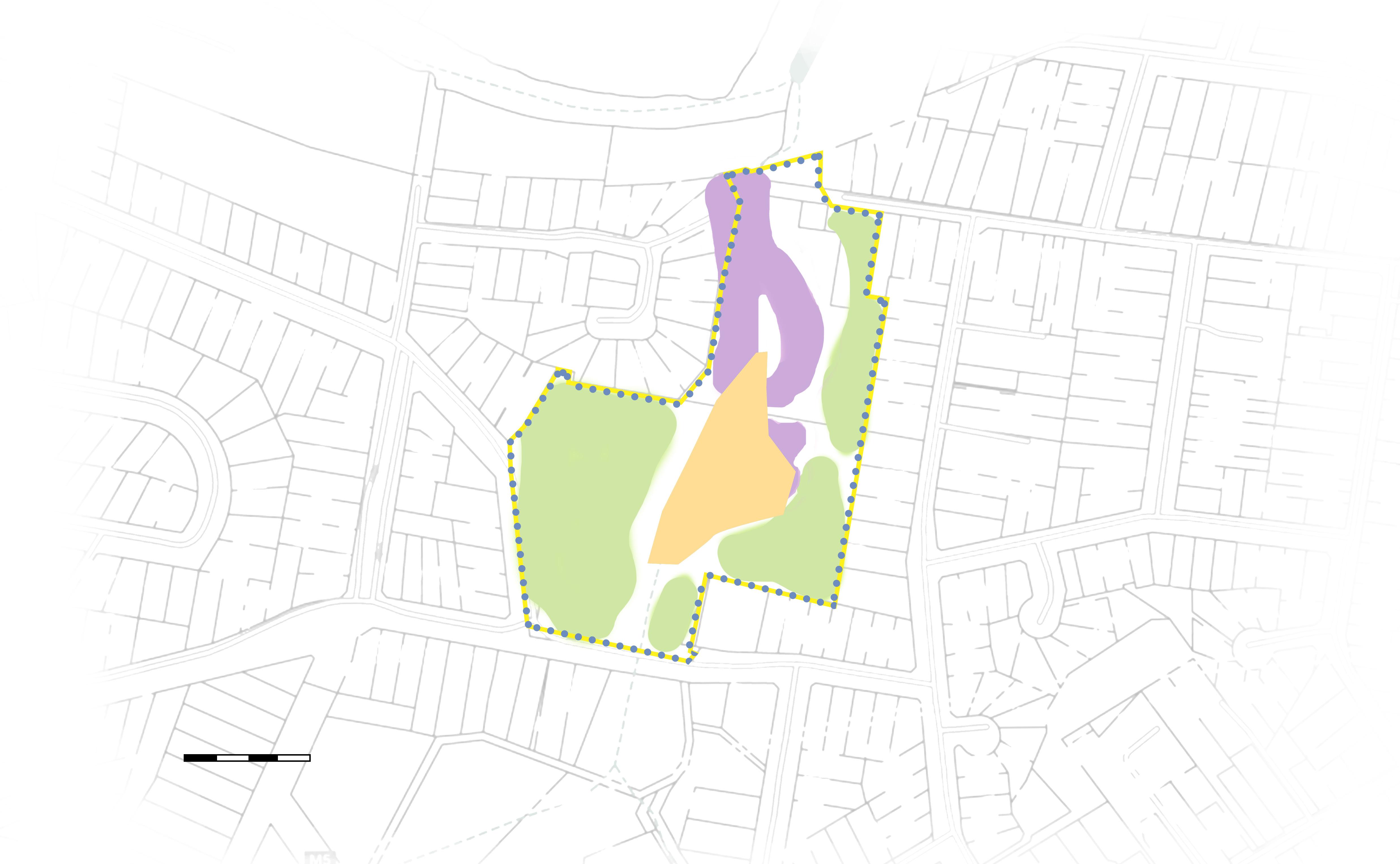



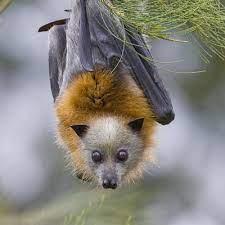
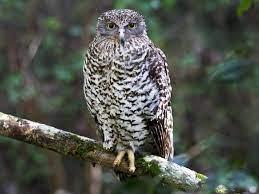
https://maps.bayside.nsw.gov.au/Intramaps98/ https://haveyoursay.bayside.nsw.gov.au/lep-2020/widgets/289061/documents Rockdale Biodiversity Strategy 2014

https://maps.bayside.nsw.gov.au/Intramaps98/ https://haveyoursay.bayside.nsw.gov.au/lep-2020/widgets/289061/documents

Unsafe for cars and people. All building types considered vulnerable to failure Unsafe for cars and people. All buildings vulnerable to structural damage. Unsafe for cars, children and the elderly. Unsafe for samll cars Gennerally safe
https://www.bayside.nsw.gov.au/area/environment/floodplain-management/bardwell-creek-and-wolli-creek-catchment
https://economy.id.com.au/baysidensw https://portal.spatial.nsw.gov.au/portal/apps/webappviewer/index.html?id=f7c215b873864d44bccddda8075238cb#






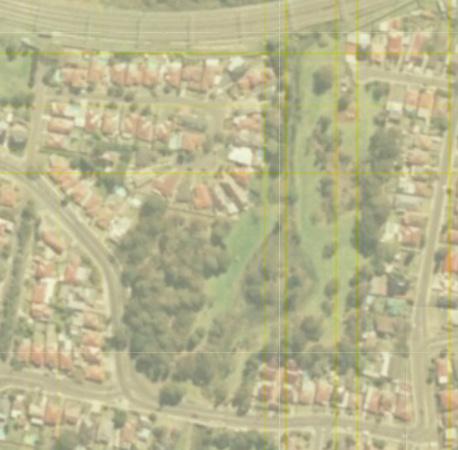
2011-2016: No qualifications (-72 persons) Bachelor or Higher degrees (+54 persons) History Map
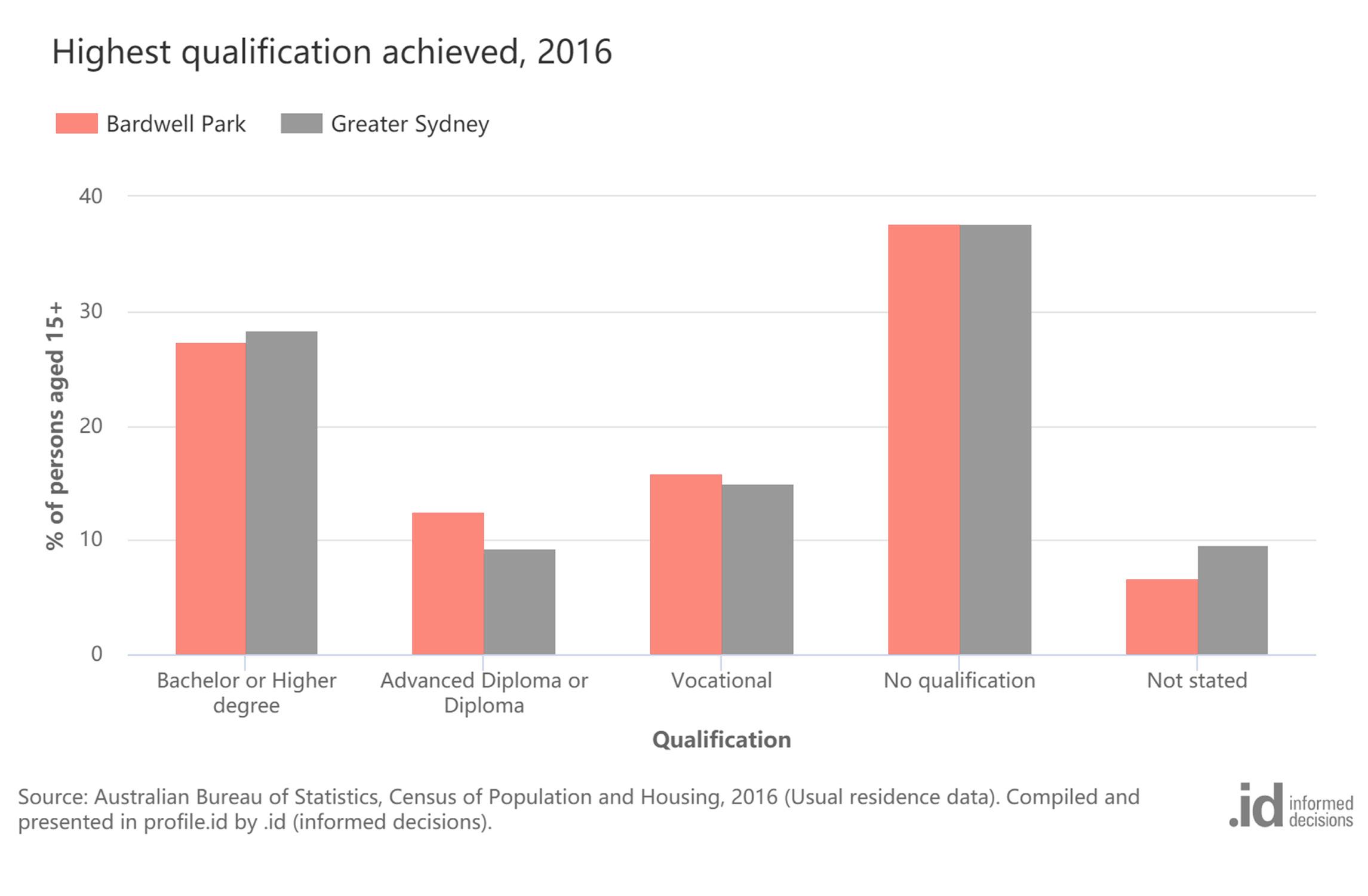
Professionals (314 people or 27.3%)
Clerical and Administrative Workers (200 people or 17.4%)
Managers (172 people or 15.0%)
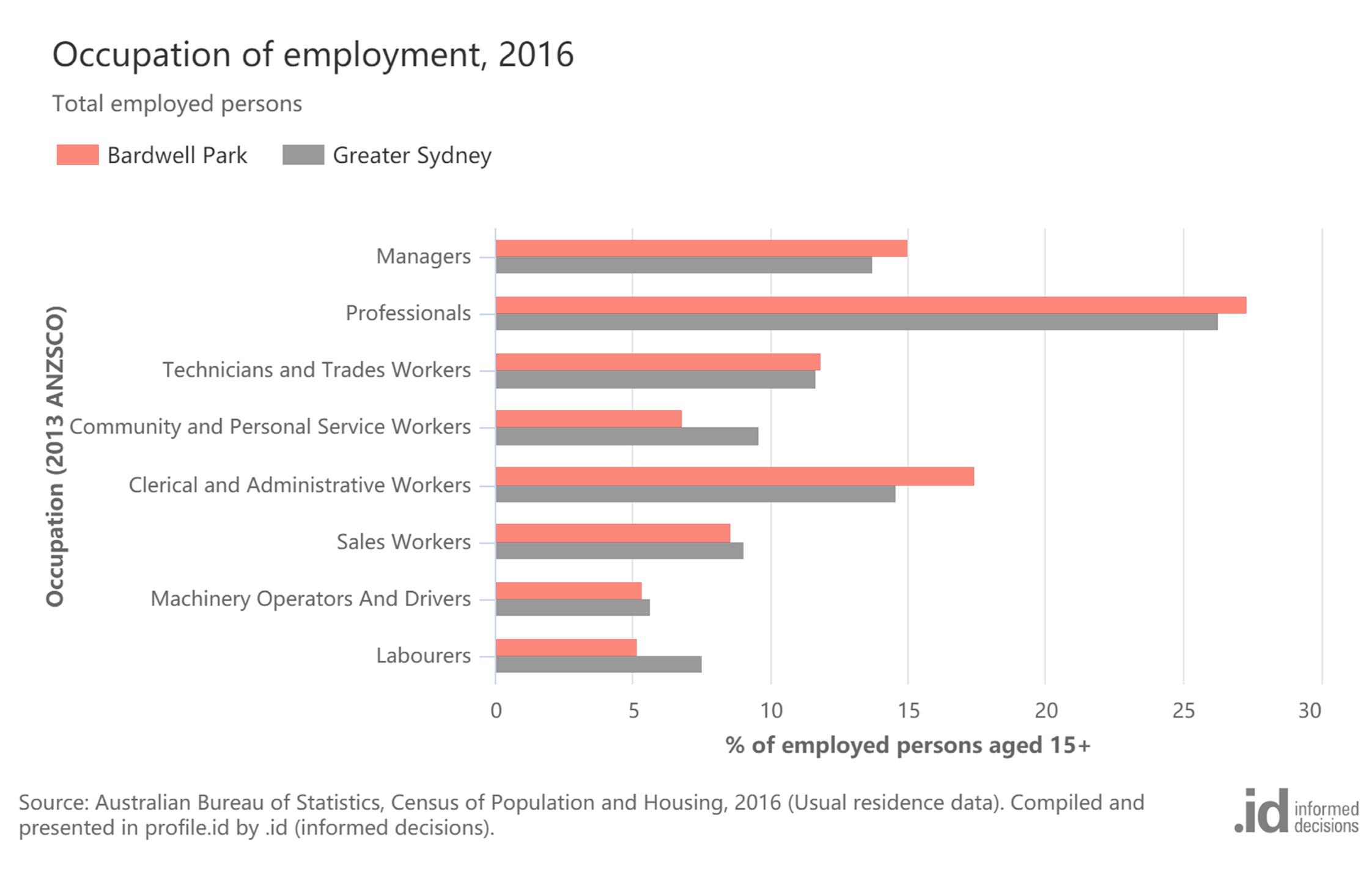
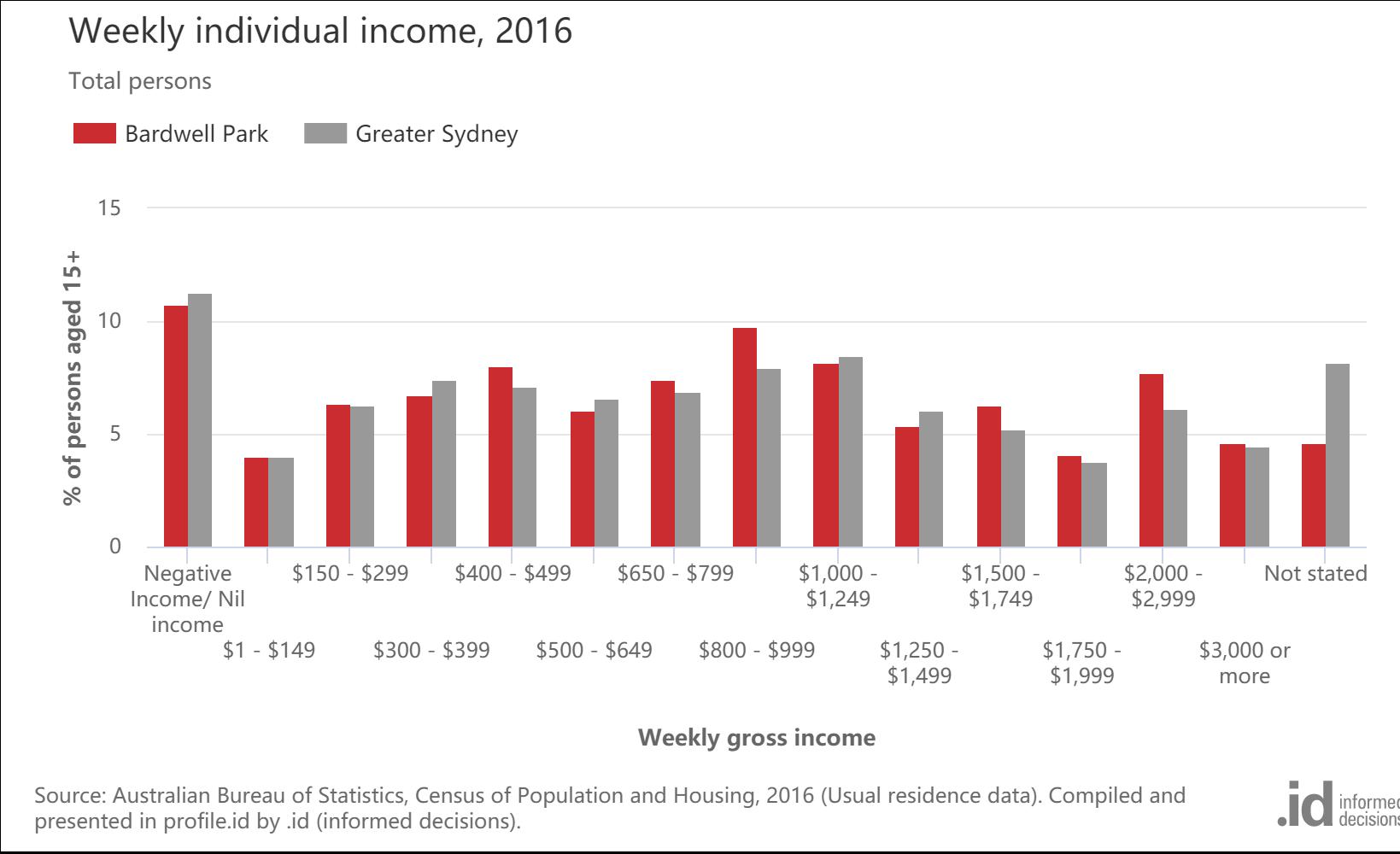
Overall, 16.5% of the population earned a high income, and 35.9% earned a low income, compared with 14.4% and 36.1% respectively for Greater Sydney.
How to use biophilic design in urban space to help restore people's mental and physical health
How to use biophilic design (mainly focused on water) in urban open space to help improve human health and well-being?
All of these issues directly or indirectly affect a human being's health
Lack of accessibility to the site
Poor quality of water
Low use of the site
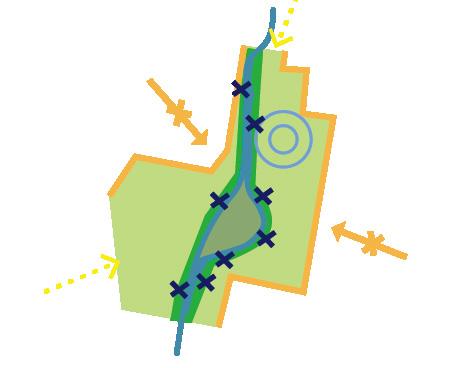
Flooding problems
Lack of interaction with nature and inaccessibility of water areas for use
McIntire Botanical Garden: Masterplan for Resiliency and Healing, USA
Designer: Mikyoung Kim Design Design year: 2018
The McIntire Botanical Garden is part of a park in Charlottesville, Virginia. Based on the wishes of the community and the needs of the residents, the site has been planned to revive the site and will become a biologically rich landscape design site with a rich biodiversity.
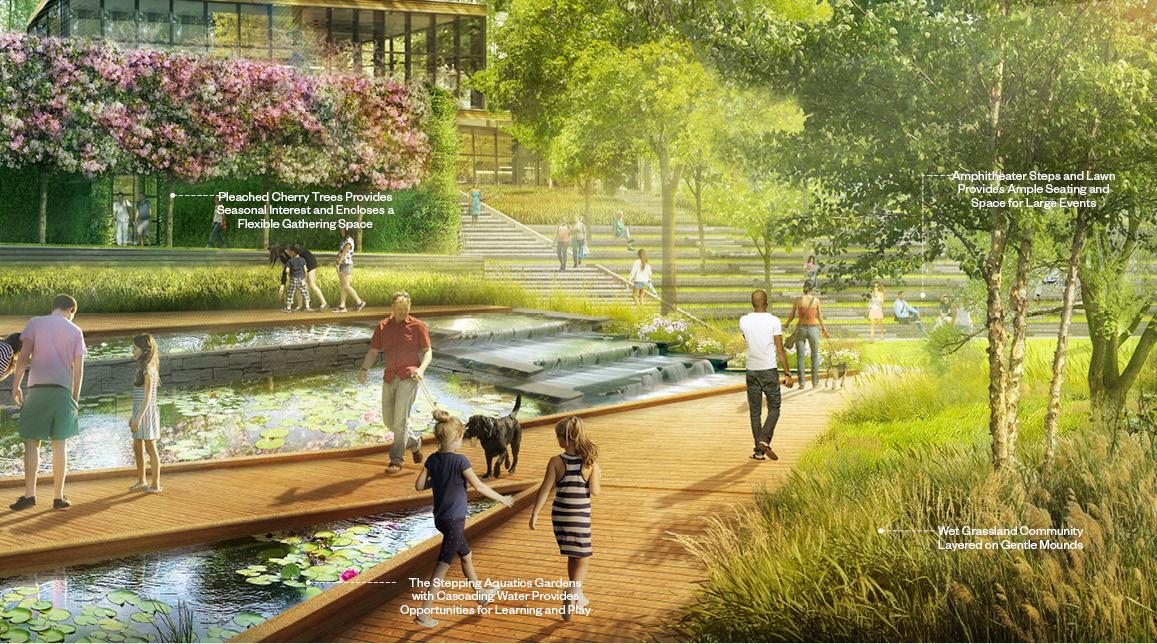





Although the site is named Botanic Garden, the vision is to transform the traditional idea of a botanic garden into an inclusive, biophilic, accessible and healing park by integrating the garden with the life of the community.
1. the use of garden walks of varying difficulty and length to connect different thematic spaces and enhance accessibility to different natural spaces
2. the water system has been redesigned and different forms of interaction with the water have been added in the form of waterfalls, wetlands and recreational aquatic gardens to increase the biophilic interaction between people and water
3. the use of dynamic plant material enhances the biodiversity of the site and enhances the human sensory experience
4. using the garden as a community and site stormwater management facility to address flooding during extreme rainstorms and actively respond to global climate change
How it relate to my design? / What inspiration was gained? / What are the aspects to learn?
The design of paths according to the different natural spaces of the site
The use of native plants to create botanical gardens helps to improve the health of people, and through the use of different colours and heights of plants to create different forms of space and to help people to remember the site.
Jurong Lakeside Garden, Singapore
Designer: Mikyoung Kim Design
Design year: 2014
Jurong Lakeside Garden is located on the west coast of Singapore's Jurong district and is the first phase of the design of the Jurong Lake Garden, which has been realised. Using the design principles of biophilic design to restore the ecological vitality of the site and to meet the fitness, learning and living needs of the public, it is an environmentally and biophilic community garden for the people.




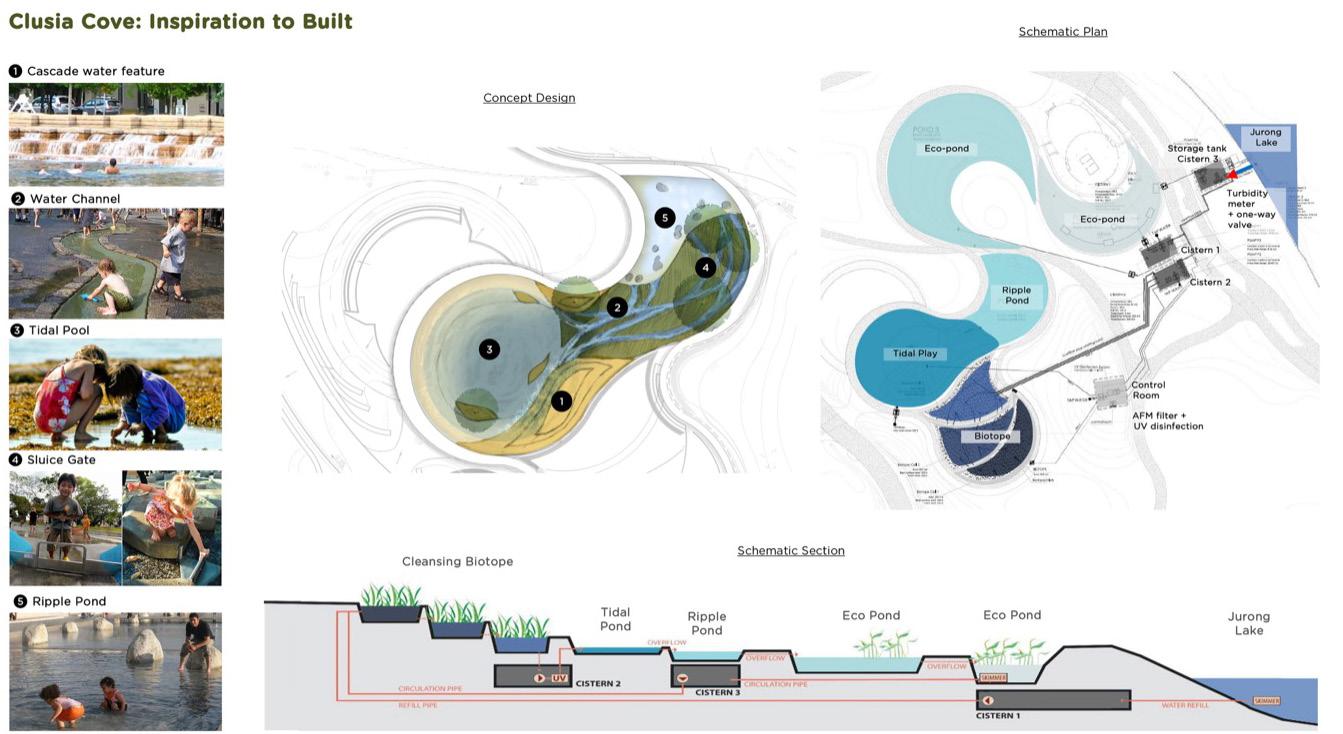
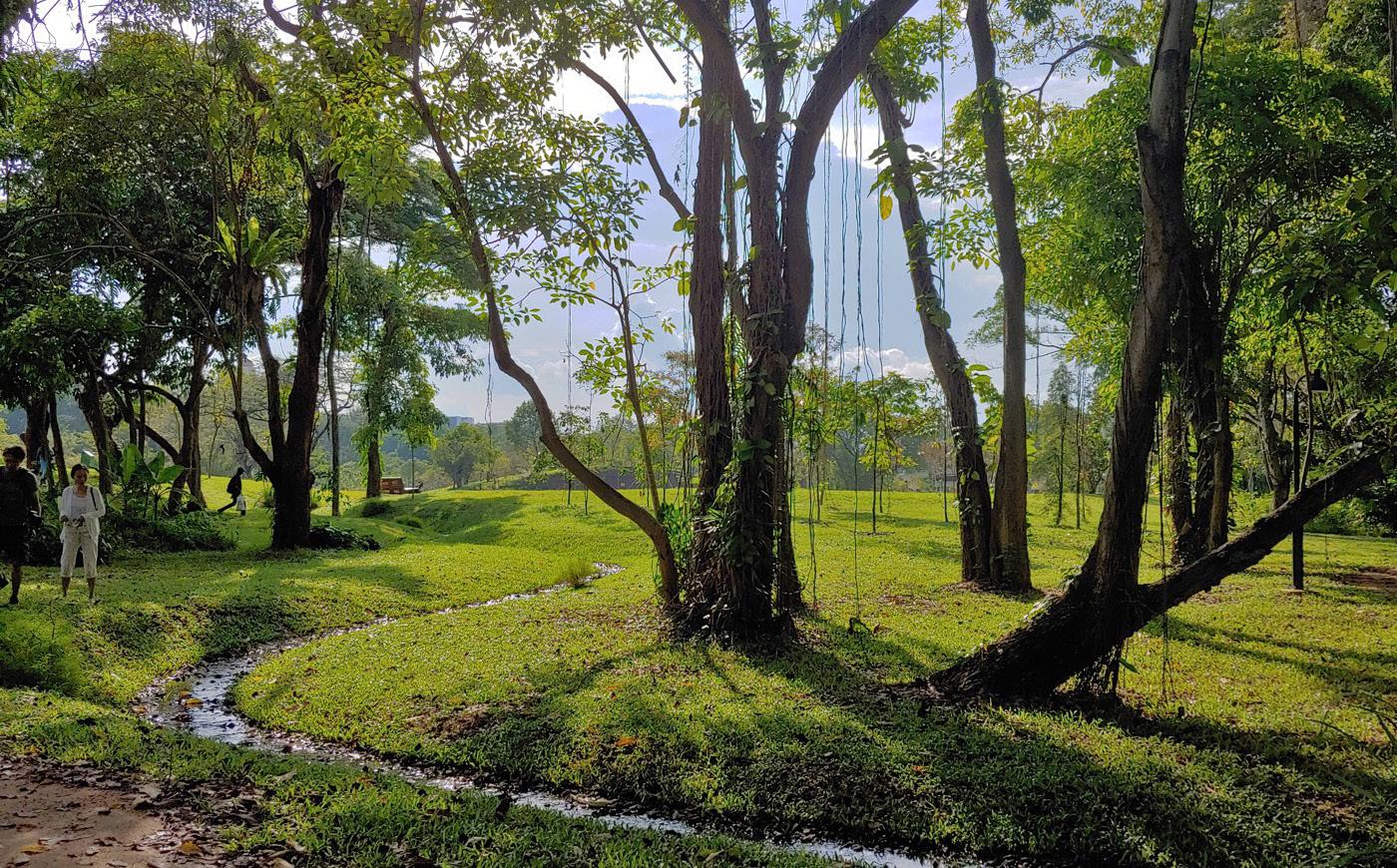
The vision for this garden is to restore the freshwater marsh forest that once existed and to connect the life of the community as a green space for the mutual benefit of people, animals and nature.
1. Using an accessible water walkway to provide an opportunity for close contact with nature
2. Natural and ecological approaches to the restoration of the freshwater marsh and the use of WSUD elements to create a space for water and nature to return
3. Careful selection of plant types and species to attract the return of small animals and thus increase biodiversity
4. Children will be able to play in a way that mimics the activities of wetland creatures, providing opportunities for nature exploration and education.
5. Recycled and sustainable materials are used in the architectural spaces of the site, such as timber that has been exploited to build walkways, shelters, children's activities, as well as other activities.
How it relate to my design? / What inspiration was gained? / What are the aspects to learn?
- Evolution and restoration of water sources using plants and wetlands
- Use of rain gardens to help with site flooding
- The selection and use of materials
- The design concepts and approaches that appreciate nature and integrate nature
Restoring nature through natural, ecological approaches
Humans' intrinsic desire for nature since time immemorial

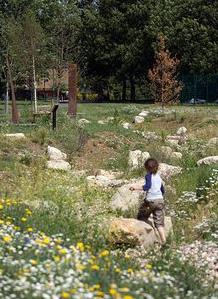

Theroretical Posititon:
Herrington: 1. System logic - Green Infrastructure
2. Spatial practices - memory and space Biophlima
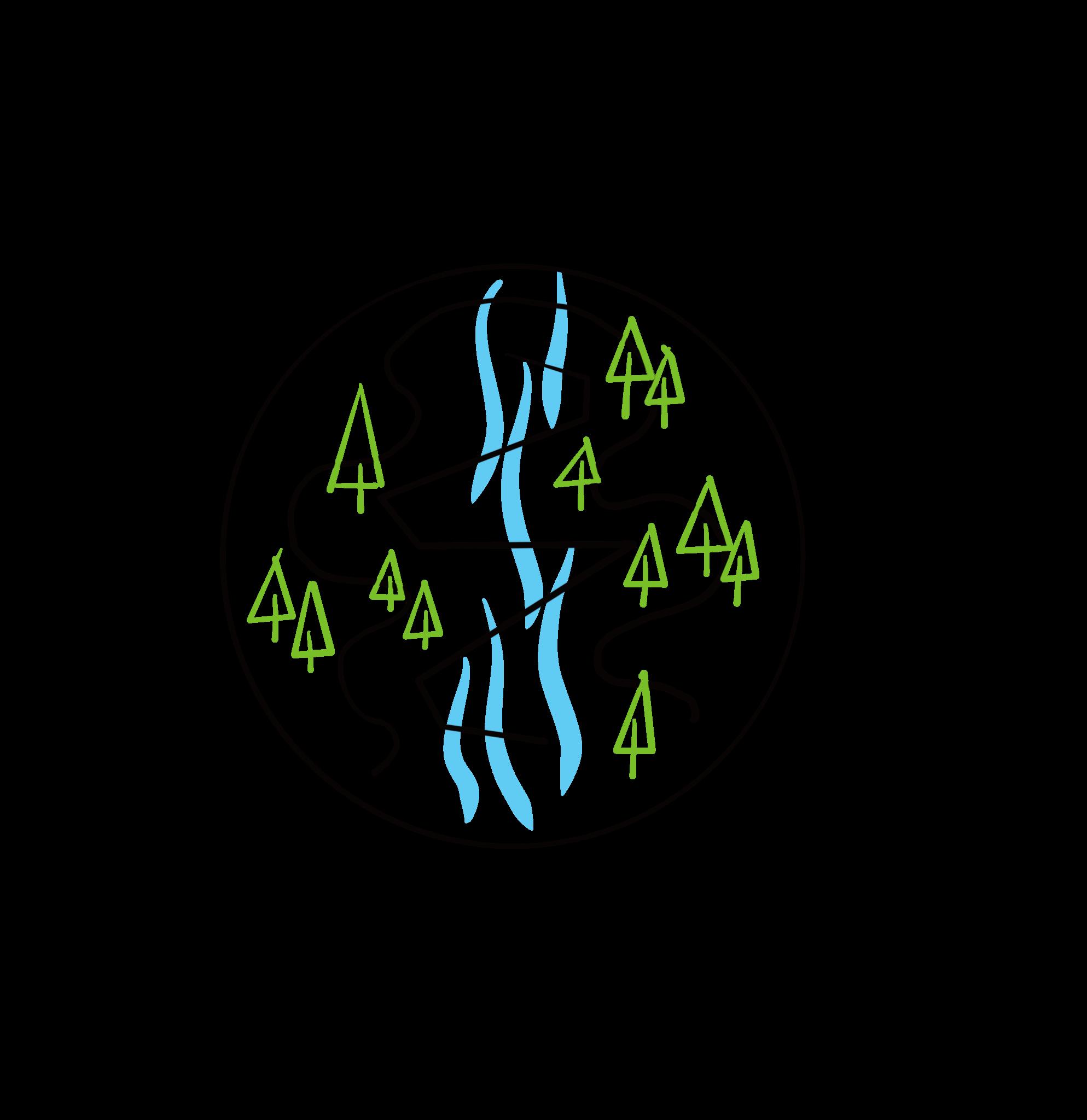
Restoring natural resources, coping with floods and protecting endangered flora and fauna

Increased accessibility, interaction with natural resources

Enriching sensory experiences and spatial experiences to restore health in nature
Social benefit :Provide lots of space for recreation and exercise and encourage users to use the space for physical and mental health development
Economic benefit: It will attract more visitors to the area and drive tourism and economic development.
Environment benefit: Restoring the life and vitality of the site and bringing people and nature closer together while creating protected areas to safeguard the health of the ecosystem.
Social benefit: Enhances human interaction with the water as well as recreation. A clean water source encourages human contact with the water, thus helping to develop mental health to some extent.
Economic benefit: Saves some of the cost of managing the site in the rain and saves the cost of cleaning the water afterwards after another consumption.
Environment benefit: Enhances the quality of water and improves the ecological environment for aquatic animals. And effectively mitigates the impact of rain on the site
Social benefit: It provides a lot of space for children to play and learn about agriculture and its skills, as well as the different species of aromatic plants and their values.
Economic benefit: Attracting more residents to the site to boost the economy
Environment benefit: The space is used efficiently to meet the different functional needs and the WSUD is used to manage the storm water effectively.

Flooding measures for bioswales and rain gardens
Increase the connectivity of spaces within the site
Increase different activities spaces to enhance the user's experience of the space and make memories
Remove and weir improve water quality
Increase access water
Increasing the olfactory and tactile experience of natural spaces
Establishment of ecological reserves
Increase interactivity with natural resources
Increasing the seasonal landscape experience of the river
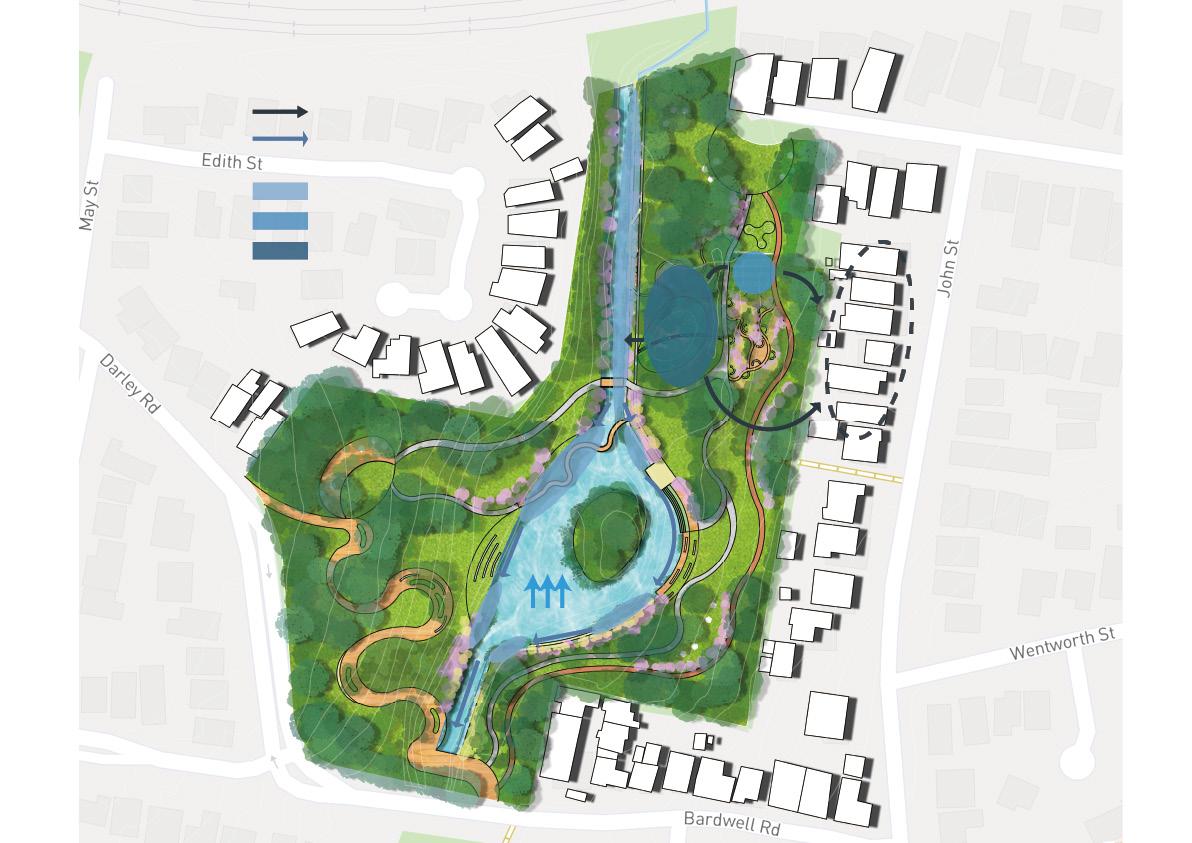
Water circulation
Purified water flow
Purification areas
Urban farming garden
Bioswales and rain garden
area
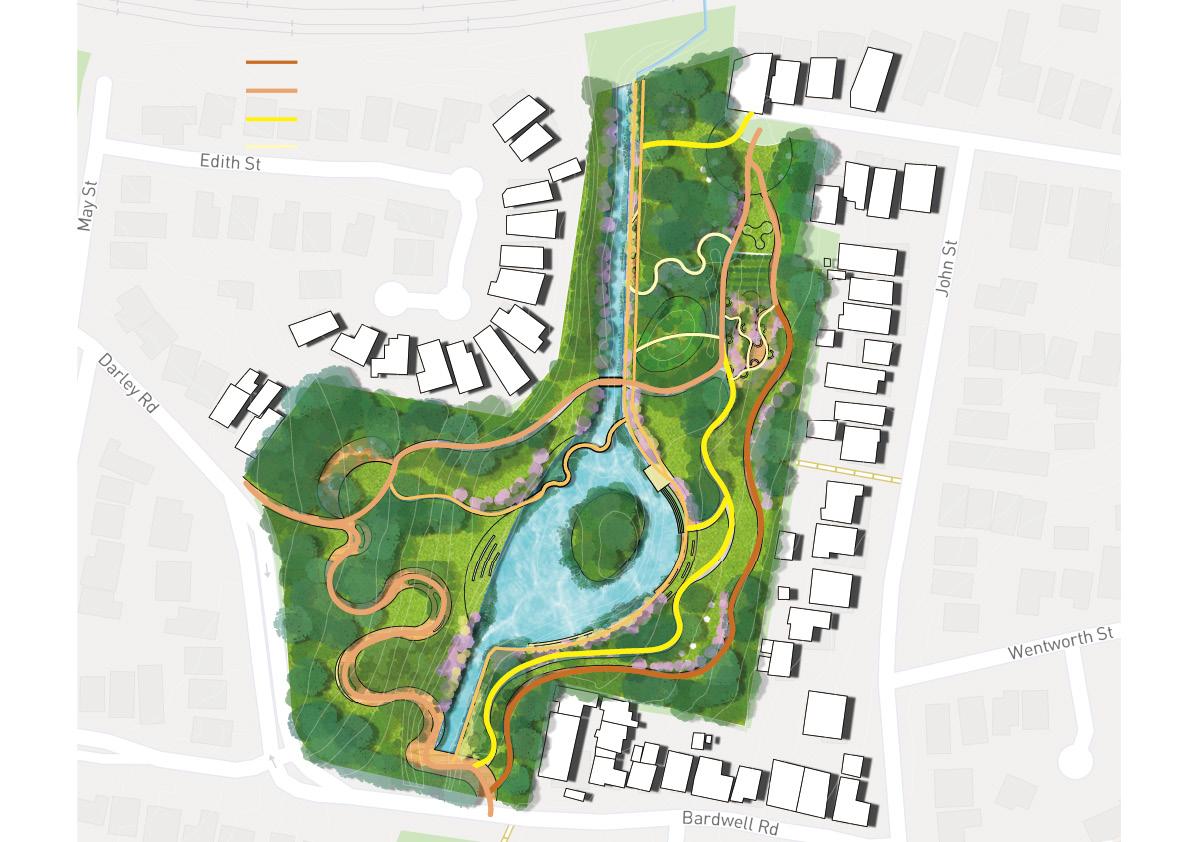
Activity Area

Ecological reserves No human entry
Water purification area
WUSD Area
Sensory Garden
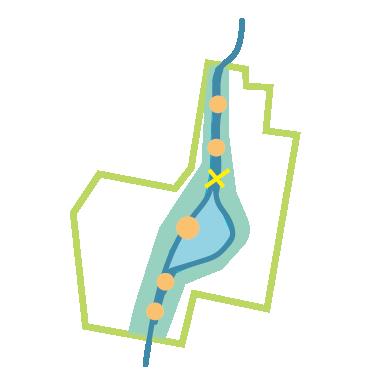
Protect Nature
Love Nature
Enjoy Nature
Protect Nature

Stap 1 Stap 2
Enjoy Nature

Love Nature

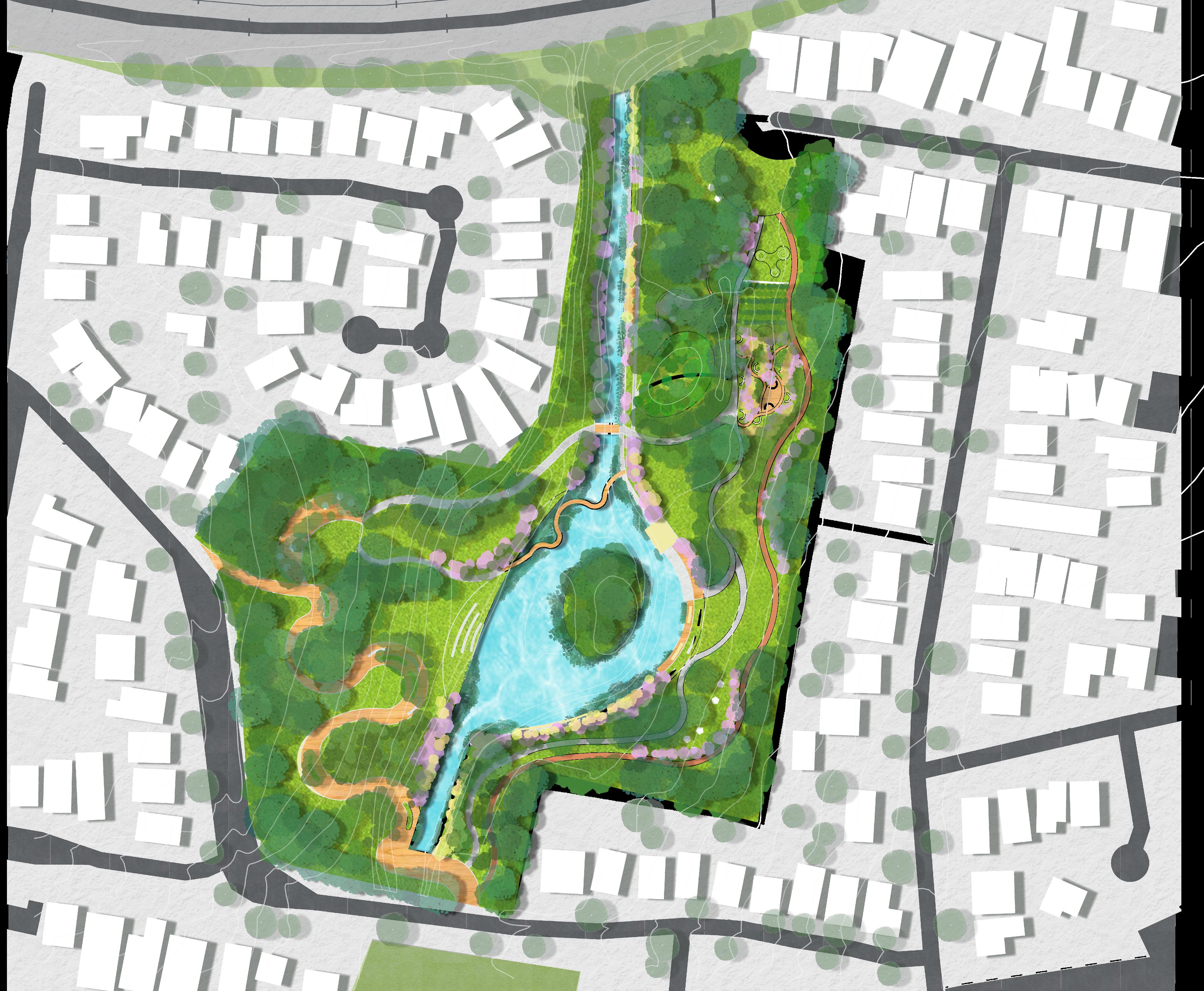


Ecological preservation area




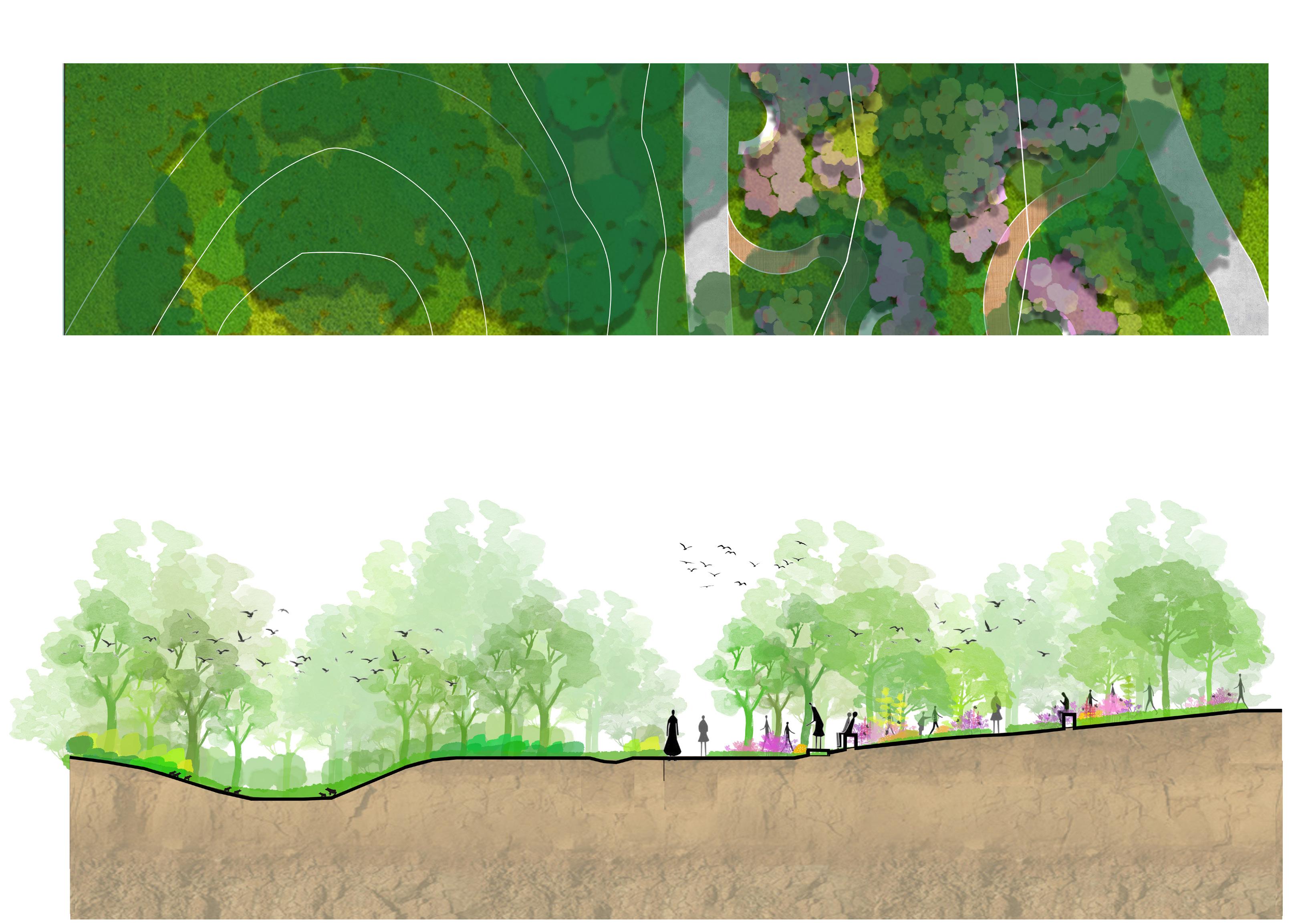



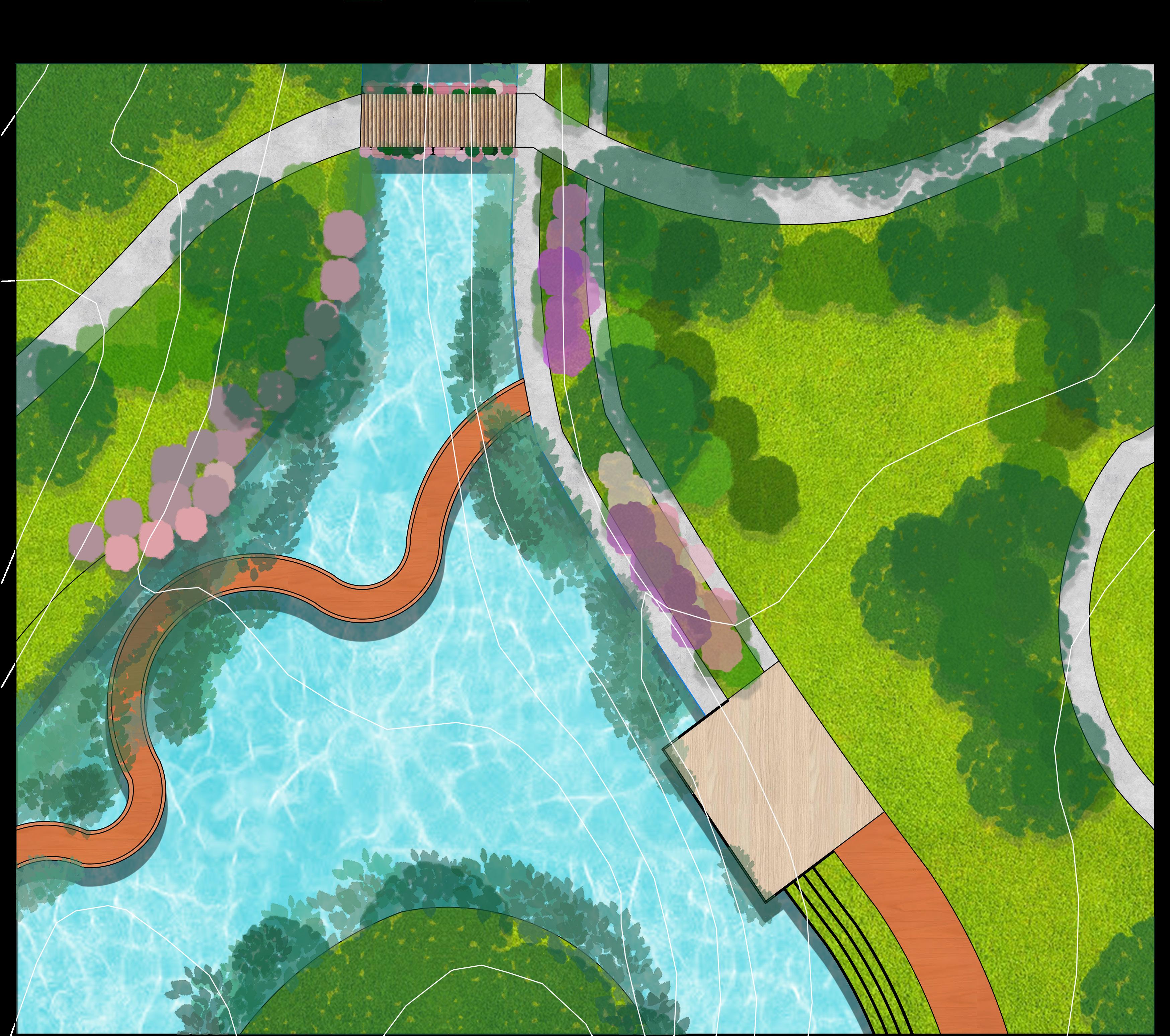
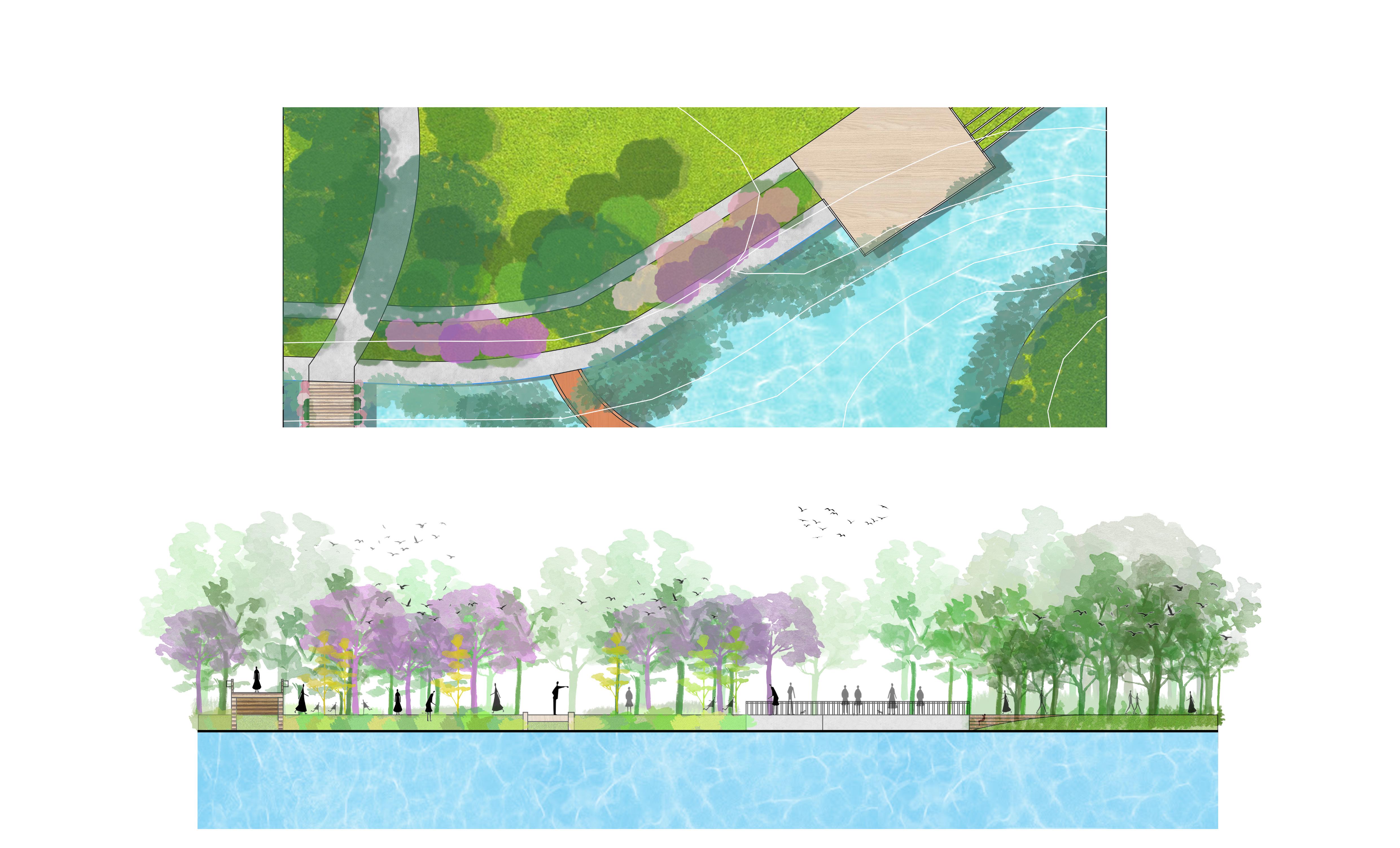



The ecological river banks not only help people to get closer to the water, but also ensure the safety of pedestrians in the rain.

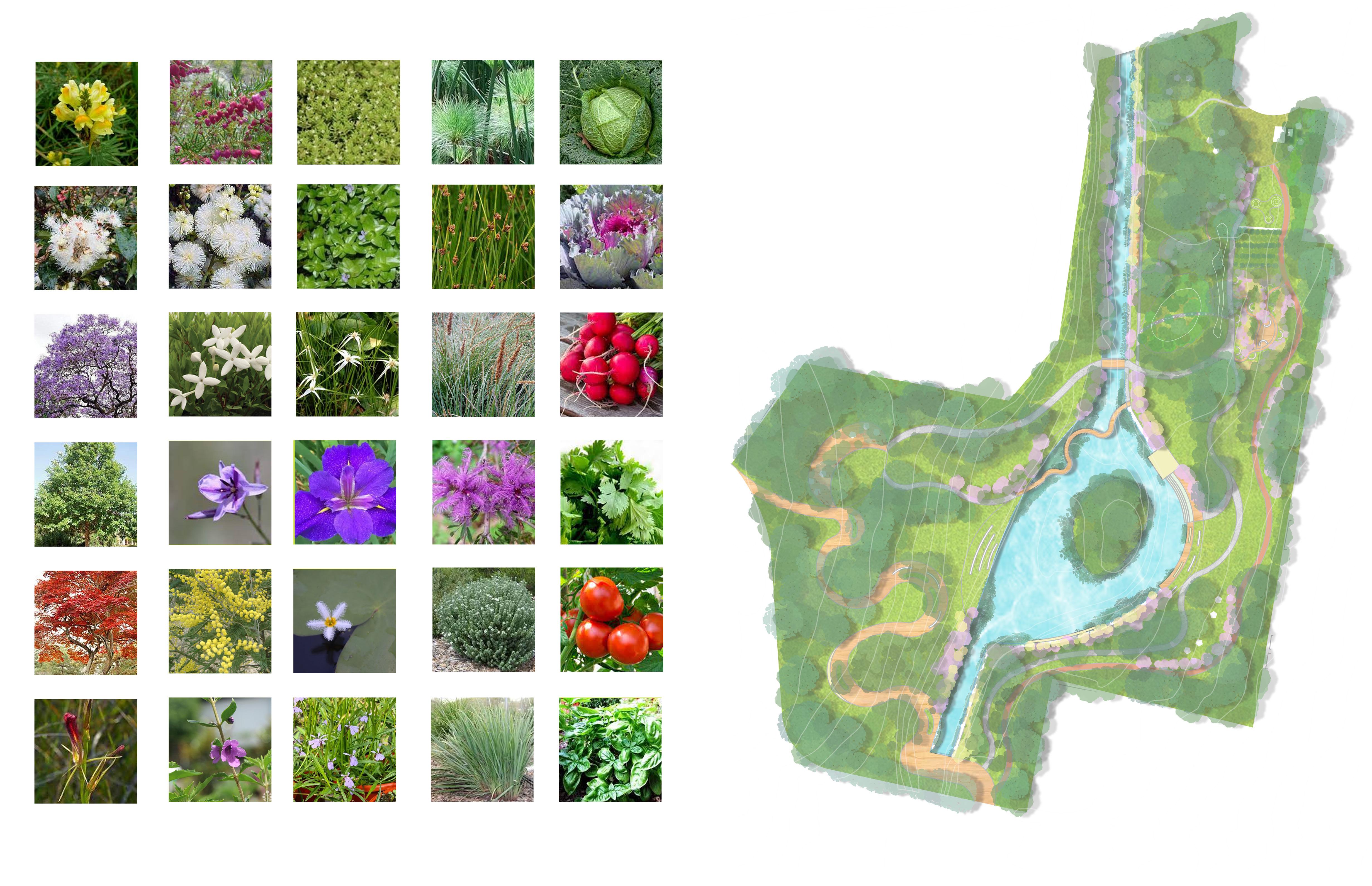
Flowering plants
Flowering plants
Flowering plants
Edible Plants
WUSD Plants
Aromatic Plants
Flowering plants
Flowering plants
Flowering plants
Flowering plants
Flowering plants

Artificial cities suppress our biophilic impulses and people turn away from nature while ignoring the damage they are doing to the environment. Biophilic design is not just about these basic health and performance requirements. It is also about the intrinsic connection of humans to other living things and to nature. In a natural environment, the connection with nature provides mental relaxation and a sense of well-being. Moreover it can bring us a multitude of joy and educational meaning, achieving respect, reverence and love for nature!



